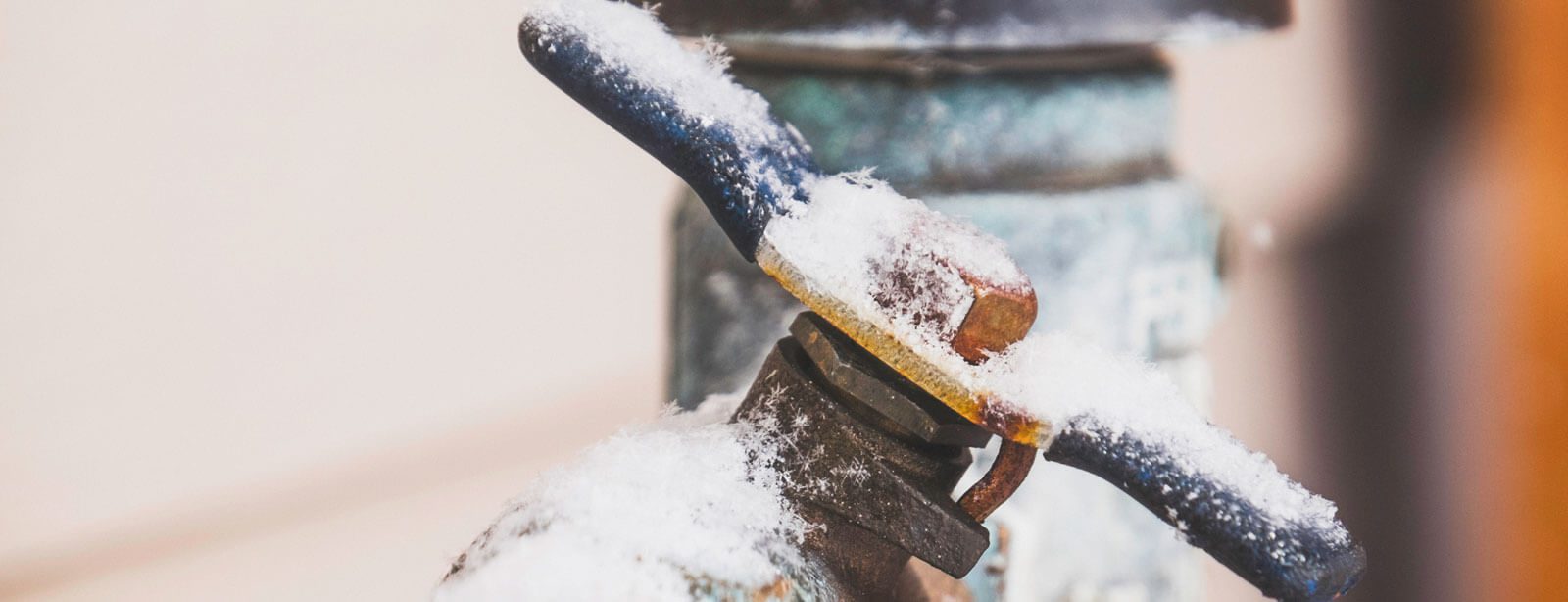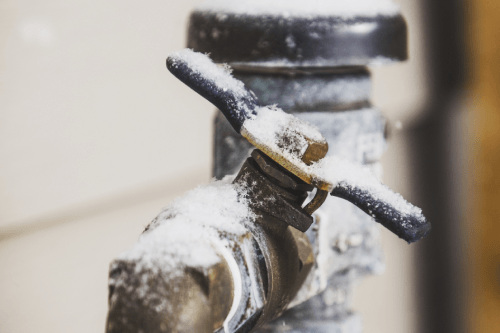Key Methods for Avoiding Frozen Pipes in Winter
Key Methods for Avoiding Frozen Pipes in Winter
Blog Article
Were you trying to locate help and advice on Prevent Frozen Pipes ?

Winter can damage your pipes, particularly by freezing pipes. Below's how to avoid it from occurring and what to do if it does.
Introduction
As temperature levels decline, the threat of icy pipes rises, potentially causing expensive repairs and water damage. Comprehending just how to avoid icy pipes is essential for homeowners in cold environments.
Understanding Icy Pipes
What triggers pipes to ice up?
Pipes freeze when exposed to temperature levels below 32 ° F (0 ° C) for expanded periods. As water inside the pipes freezes, it broadens, taxing the pipeline walls and possibly creating them to rupture.
Risks and damages
Frozen pipes can bring about water interruptions, building damage, and costly repairs. Burst pipelines can flooding homes and cause substantial structural damages.
Signs of Frozen Pipeline
Identifying frozen pipes early can prevent them from bursting.
How to determine frozen pipelines
Seek lowered water circulation from taps, uncommon smells or noises from pipes, and visible frost on exposed pipelines.
Prevention Tips
Insulating susceptible pipes
Cover pipes in insulation sleeves or utilize warm tape to protect them from freezing temperature levels. Focus on pipelines in unheated or exterior areas of the home.
Heating methods
Keep indoor spaces sufficiently warmed, especially locations with plumbing. Open cabinet doors to enable cozy air to distribute around pipelines under sinks.
Safeguarding Outdoor Plumbing
Yard pipes and exterior faucets
Detach and drain pipes yard hoses prior to winter. Set up frost-proof spigots or cover outside taps with shielded caps.
What to Do If Your Pipes Freeze
Immediate actions to take
If you think icy pipelines, maintain taps open to relieve stress as the ice thaws. Utilize a hairdryer or towels taken in warm water to thaw pipes gradually.
Long-Term Solutions
Architectural adjustments
Consider rerouting pipes away from exterior walls or unheated areas. Add extra insulation to attic rooms, basements, and crawl spaces.
Updating insulation
Buy top notch insulation for pipelines, attic rooms, and wall surfaces. Proper insulation helps maintain constant temperature levels and minimizes the threat of frozen pipes.
Final thought
Stopping icy pipes needs proactive steps and quick responses. By comprehending the causes, signs, and preventive measures, homeowners can shield their pipes during cold weather.
6 Proven Ways to Prevent Frozen Pipes and Protect Your Home
Disconnect and Drain Garden Hoses
Before winter arrives, start by disconnecting your garden hoses and draining any remaining water. Close the shut-off valves that supply outdoor hose bibs and leave the outdoor faucet open to allow any residual water to drain. For extra protection, consider using faucet covers throughout the colder months. It’s also important to drain water from any sprinkler supply lines following the manufacturer’s directions.
Insulate Exposed Pipes
Insulating your pipes is an effective way to prevent freezing. Pipe insulation is readily available at home improvement stores and is relatively inexpensive. Pay close attention to pipes in unheated areas such as the attic, basement, crawl spaces, or garage. Apply foam insulation generously to create a buffer against the cold. You can also wrap your pipes in heat tape or thermostat-controlled heat cables for added warmth.
Seal Air Leaks
Inspect your home for any cracks or openings that could let in cold air. Seal any holes around the piping in interior or exterior walls, as well as the sill plates where your home rests on its foundation. Additionally, make sure to keep your garage door closed unless you’re entering or exiting. Leaving it open creates a significant air leak that can lead to frozen pipes.
Allow Warm Air Circulation
During cold snaps, it’s essential to allow warm air to circulate evenly throughout your home. Leave interior doors ajar to promote better airflow. Open kitchen and bathroom cabinets to help distribute heat consistently around the rooms. If you have small children or pets, be sure to remove any household chemicals or potentially harmful cleaners from open cabinets for safety.
Let Faucets Drip
A small trickle of water can make a big difference in preventing ice formation inside your pipes. When temperatures drop significantly, start a drip of water from all faucets served by exposed pipes. This continuous flow helps prevent the water from freezing. Additionally, running a few faucets slightly can relieve pressure inside the pipes, reducing the chances of a rupture if the water inside does freeze.
https://choateshvac.com/6-proven-ways-to-prevent-frozen-pipes-and-protect-your-home/

I have been very fascinated by Winter Plumbing Precautions: Preventing Frozen Pipes and I am assuming you appreciated my page. Sharing is nice. Who knows, you may very well be helping someone out. I treasure your readership.
Call Today Report this page